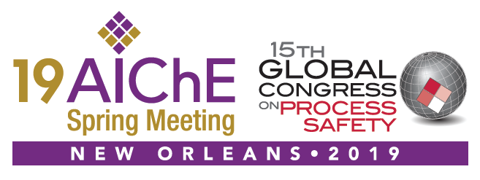

The bio-remediation of desalter effluent in the crude oil refinery and its reuse in the petroleum refinery is a practical option. Desalter effluent has a high concentration of salt which is extracted from crude oil in the petroleum refinery. The effluent contains BTXs components and other hydrocarbon compounds which are non-aqueous phase liquid and not immiscible in water. The salinity of effluent, immiscibility of BTXs and other hydrocarbons results in subsequent issues in downstream treatment of wastewater. On the other hand, BTXs are serious carcinogenic and toxic effects, which are affecting the respiratory system. In this study, Debaryomyces hansenii , a species of halophilic yeast was selected for its tolerant in the saline effluent. In this study, nonionic surfactant was added to investigate BTXs and dodecane to be exposed to the yeast Debaryomyces hansenii. The biodegradability of BTXs and dodecane in high concentration range in comparison to other studies for BTXs removal as a carbon source for D.hansenii in Desalter effluent was investigated. The kinetics of BTX degradation by Debaryomyces hansenii are presented.
Presenter(s)
Once the content has been viewed and you have attested to it, you will be able to download and print a certificate for PDH credits.
If you have already viewed this content,
please click here
to login.
Language
Pricing
Individuals
| AIChE Member Credits | 0.5 |
| AIChE Pro Members | $19.00 |
| Employees of CCPS Member Companies | Free |
| AIChE Graduate Student Members | Free |
| AIChE Undergraduate Student Members | Free |
| AIChE Explorer Members | $29.00 |
| Non-Members | $29.00 |
